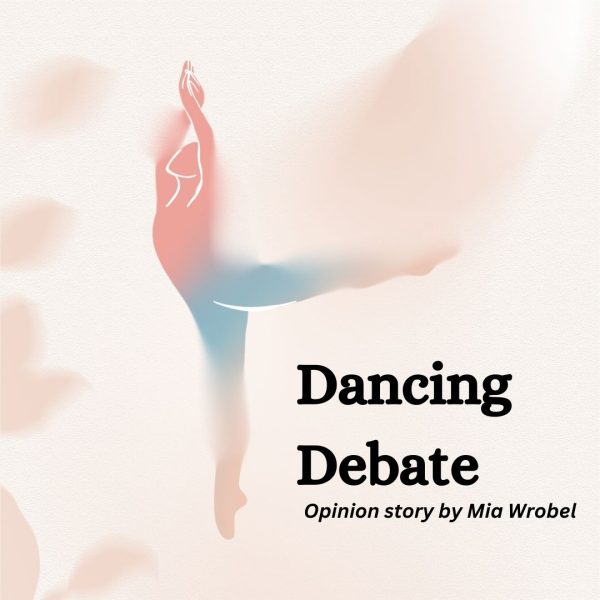Abstinence sullies sex education
The failure to provide a comprehensive sexual education to students proves extremely detrimental
With a large emphasis on abstinence, many high school health courses rely on fearmongering tactics instead of advocating for safe sex practices by teaching an extensive sex education curriculum.
“While theoretically fully protective, abstinence intentions often fail, as abstinence is not maintained. [Abstinence-only] programs are not effective in delaying initiation of sexual intercourse or changing other behaviors,” the Journal of Adolescent Health (JOAH) said in a study of abstinence-only programs. “Conversely, many comprehensive sexuality education programs successfully delay initiation of sexual intercourse and reduce sexual risk behaviors.”
Between 1982 and 2017, the US government spent over $2 billion dollars in funding of abstinence-only sex education courses, according to the JOAH. The government continues to fund these courses, outlining requirements that include: the program must exclusively promote abstinence outside of marriage, programs cannot advocate for any form of contraceptive or discuss them whatsoever outside of their failure rates and educators must emphasize that “sexual activity outside of the context of marriage is likely to have harmful psychological and physical effects” per Title V of the Abstinence Only Until Marriage (AOUM) program.
Despite the government’s commitment to AOUM programs, a 2007 federal study showed that these programs had no impact on the rate of teen sexual abstinence. Teens make the decision for themselves to practice abstinence or not and, inevitably, many choose to have premarital intercourse. One in four teens are given information about abstinence, but not about birth control, leading to higher rates of teen pregnancy within those with an abstinence-only education, according to healthresearchfunding.org. The refusal to educate students about safe sex practices but subsequently blame the teen for any negative consequences from sex proves extremely hypocritical in AOUM programs.
While abstinence until marriage provides a valid option to avoid teen pregnancy and sexually transmitted diseases, the fact that it is a concept heavily rooted in religious ideals and its voluntary nature stops it from being a path taken by all teens. In fact, the median age gap between first intercourse and first marriage in the US is 8.7 years for women and 11.7 years for men, according to the JOAH. With abstinence not being practiced by a majority of teens, the AOUM teaching method becomes outdated and blatantly puts an unnecessary emphasis on ideals of purity and virginity — ideals not held by all teens — over the sexual health and safety of those who have premarital sex.
AOUM programs also prove to be consistently neglectful of LGBTQ+ students, pregnant and parenting adolescents and sexual assault survivors, according to the JOAH. An estimated 19 million Americans engage in same-sex sexual behavior, according to a survey done the UCLA’s Williams Institute. An average of 17.4 births per 1,000 girls aged 15-19 was reported by Pew Research. About one in six adolescents aged 14-17 were sexually assaulted in 2019, according to Statista. These numbers, though minorities, all represent students who could benefit from an inclusive sex education course that details information on safe sex practice between same-sex partners, how to effectively use contraceptives and the moral and legal importance of consent.
Though the government may continue to fund these ineffective programs, remaining US states that utilize AOUM programs should make the ethical decision to refuse federal funding for their sex education course and instead opt for a fully inclusive sexual health curriculum. This shift will likely be supported by the majority of the population, as 74% of adults support federal funding going towards comprehensive approaches to sexual education proven to delay sex, improve contraceptive use and prevent teen pregancy, according to the JOAH.
Through this refusal of censorship, students receive the appropriate level of education on sexual health, allowing them to make fully-informed decisions and solidify the school’s ethical standing on the teachings of sexual health through science and proven statistics.
Your donation will support the student journalists of Eisenhower High School. Your contribution will allow us to purchase equipment and cover our annual website hosting costs.









